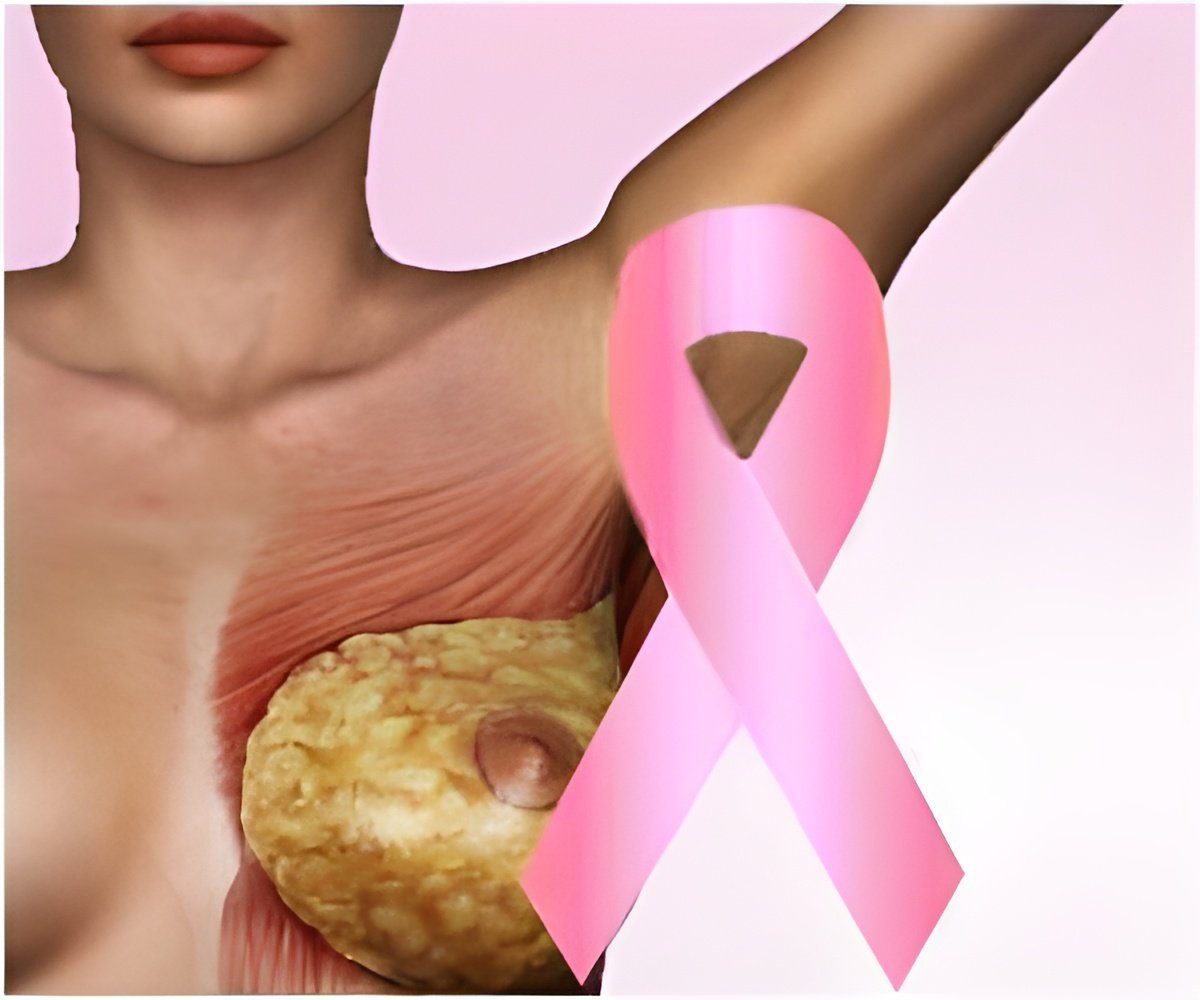"Distant estrogen response elements" (DEREs) can act independently of oncogenes to spur tumor development, report researchers from the Cancer Therapy & Research Center (CTRC) at The University of Texas Health Science Center, while adding to the picture of what prompts breast cancers to form.
DEREs appear to be depots or hubs that remotely and simultaneously control multiple target genes in response to estrogen stimulation, said Pei-Yin Hsu, Ph.D., lead author of the paper in
Cancer Cell. As such, they are prime targets for the study of novel therapies for breast cancer and could also be useful in diagnosis.
Copy numbers
Where DEREs are multiplied or present in abnormal numbers, this contributes to tumor development, especially in estrogen receptor-positive breast cancers, said study senior author Tim Hui-Ming Huang, Ph.D., deputy director of the CTRC.
Decreasing the number of DERE copies could have therapeutic potential to treat women with this aggressive form of cancer, Dr. Huang said.
DEREs at 2 sites
The researchers analyzed two DERE clusters on human chromosomes 17 and 23. They found that the DEREs induce pro-growth factors and inhibit growth-suppressing genes. "It is worthwhile to note that DERE-DERE interactions, instead of DERE interactions with genes, may also contribute to tumor development," Dr. Hsu said.
Advertisement
The team found a correlation between a subset of DERE-regulated genes and tamoxifen resistance. Tamoxifen is a widely prescribed hormone therapy for breast cancer. It may be possible to evaluate how a woman will respond to tamoxifen by measuring DERE activity, Dr. Hsu said.
Potential biomarkers Advertisement
In addition, the two DEREs that were studied could turn out to be good biomarkers for whether a woman will develop estrogen receptor-positive breast cancer. "Perhaps we could prevent some cases of this cancer," Dr. Huang said.
Several units of the UT Health Science Center joined in the work, including the Greehey Children's Cancer Research Institute, the Institute of Biotechnology, and the Department of Molecular Medicine and Department of Epidemiology and Biostatistics in the School of Medicine.
Source-Eurekalert















